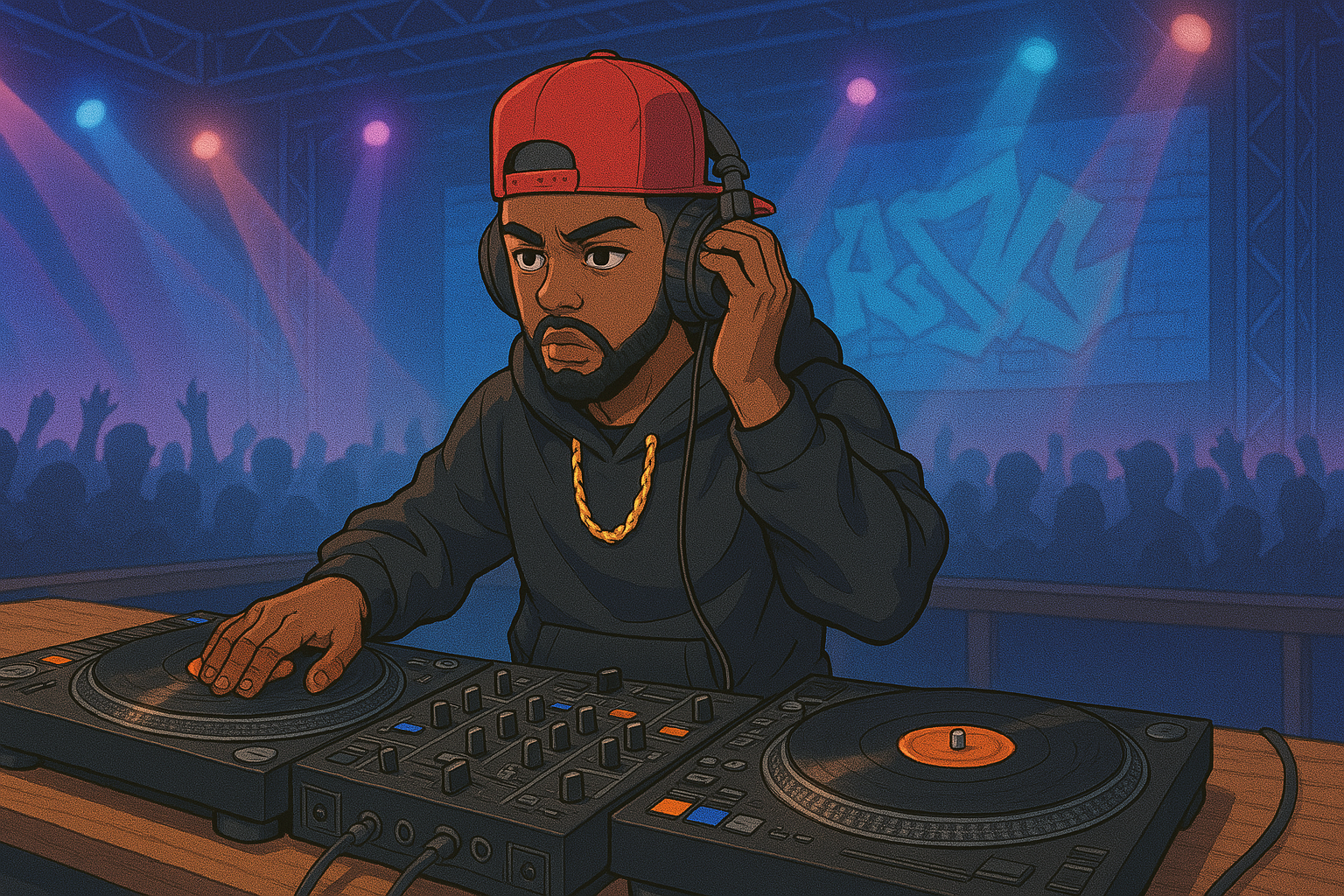
A survey of Spatial’s beat research can now be heard on the compilation released last month on his label Infrasonics. Together, the collection evokes a mood of new life fabricated through technological means. Although it’s not particularly techy in process, Spatial’s music feels as though he sets parameters for his youthful artificial progeny and lets these rhythms find their own way in the world like Sim ants.
This is due to an aesthetic of seemingly randomized percussion, sci fi basslines, wood paneled hardware, and warm metallic percussion. He places different versions of these digital microbes in various settings, watching them brew and evolve to explore their surroundings. The environments he creates often do not shelter them, but the tenor is not overwhelming threatening. Similar to the calf-like robot BigDog being kicked by its creator, his are tracks are challenged with aggressive surroundings.
In that video, the teacher is trying to ensure that it will survive on its own, but it’s an image that is hard to separate from others of violence wrought by our species. In music, darkness alternates between glorification and reflection of a reality. It’s a line that can become blurry, even within an individual. The bubbling swamp of Spatial’s brand of primordial soup can become murky on this front too.
But overall it serves to gradually expose his creations to the vagaries of life, only bringing them out of shelter once they’ve learned that trust is possible, then shows them that is not always the case. But life is rare and should be appreciated in itself, and his music reflects this view as well when it’s about fun, offering a space for pure enjoyment.
Spatial also has a couple tunes about to drop, one on the Highpoint Lowlife compilation that comes out on August 8th, and two on the upcoming Schmorgasbord single on July 11th. The latter two can be heard now on the exclusive mix he made for Dubspot, along with a couple dubs and some forthcoming work from other Infrasonic artists.
To learn more about how he makes his music, as well as some of his views on technology and bass music, check out our interview with him below.
Ableton on a Macbook. Up until recently I monitored on a set of Absolute Zeros but I just bought a set of Focal CMS65s which I love. I have a Yamaha AN1X which I only use as a controller plus a Korg padKONTROL and a Faderfox LD2.
I was pretty late to switch actually. For a long time I wasn’t happy with the reliability but eventually the tech got good enough, even with fairly average computers. A while back I consciously decided to streamline my possessions a bit. That, compounded with the extra portability, flexibility and convenience you get in a software environment. No more drawing mixer pot positions on a diagram!
The EQs of my Soundcraft Ghost. But that’s really about using your ears more than your eyes to EQ. I could map channels to the Fadefox, but I never seem to work that way anymore. Just habit I guess.
They’ve just built up organically over the years. I used to do a lot more processing / recording in advance but now I tend to do it on the fly from a reasonably small set of sounds. I grab some bits from the web also – creative commons collections and the like. It’s the same with the synths, I used to spend quite a lot of time just synthesizing patches pre-emptively but now I just do it as I go.
It’s more of a minimalist aesthetic than overt technology focus. I think that anyone with an interest in electronic music probably has an innate interest in that regard but it’s more of a creative tool rather than a fundamental theme. We live in increasingly technologically enhanced times which has positive and negative impacts.
Sure, when I get to read, which frankly isn’t as often as I’d like. I’m currently reading Stuart Brand’s Whole Earth Discipline, which you could argue proposes very technological/futuristic solutions to many of the current environmental concerns.
I like the idea of people challenging the concept of a “release”, whether that’s attached to interesting physical or virtual “objects”. The challenge with anything virtual is to provide longevity or value in bit stream times. Constant access to so much information and culture tends to make things extremely consumable and I’m not convinced that much digital art addresses that problem. People have an attention deficit whilst sat at a laptop. Physical art objects tend to be more desirable in that regard, especially in marginalized musics.
Journalists and theorists have an vested interest in debating and challenging current memes but it’s not something that particularly concerns me. As you’d probably expect, there’s something to be said for both sides of the argument Martin mentions. I’ve certainly been wary that the influence of more established genres could lead to inferior copies of the established prototypes but I think there’s enough fresh ears producing decent stuff that it doesn’t worry me. People on the dancefloor are not thinking in the same way and dance music is implicitly functional and pretty disposable in most cases.
Loads outside of the club but never in my set. It’d have to be a very different booking.
“Jazz Is The Teacher” right?! Certainly not something I consciously did in any the material on my compilation, though I have played with some of those forms in the past. There’s only so far you can go though really unless you can physically improvise which is pretty tough in electronica. The most successful example I can think of is Kieran Hebden and Steve Reid’s collaborations but that was a bit more than just bedroom production – the emphasis was on a live, improvised experience.
Traktor and a Vestax VCI100 – I like the DJ metaphor and it’s still more of a DJ set than a live set anyway. “Live” is a bit of a minefield and there’s very few people that do it convincingly. It means less when working with largely predefined music and I’m keen for the track constructions not to be lead by the technology – which is why I prefer the DJ metaphor.
It’s drawn exclusively from what I’ve been sent recently. It’s the first mix I’ve done that hovers around 130 BPM rather than move from 130-140. There’s probably less stylistic variety than normal but that’s more dictated by the tunes I was feeling rather than a conscious decision.
I love both the Ike Release tracks which are forthcoming on infra12004 (a split 12” with xxxy) around the end of August. “Don’t Know” is a real anthem and the production is pristine across both tracks. The DVA remix of T. Williams’s really floored me – it really stood out from the crowd. It has a beautiful Carl Craig vibe to it. Funny as I bumped into him on the street the next day which is the first time I’d met him and probably the first time I’ve used a DVA track in a mix! The Spectr/Scuba track has a hook that’ll get you. Or drive you mad.
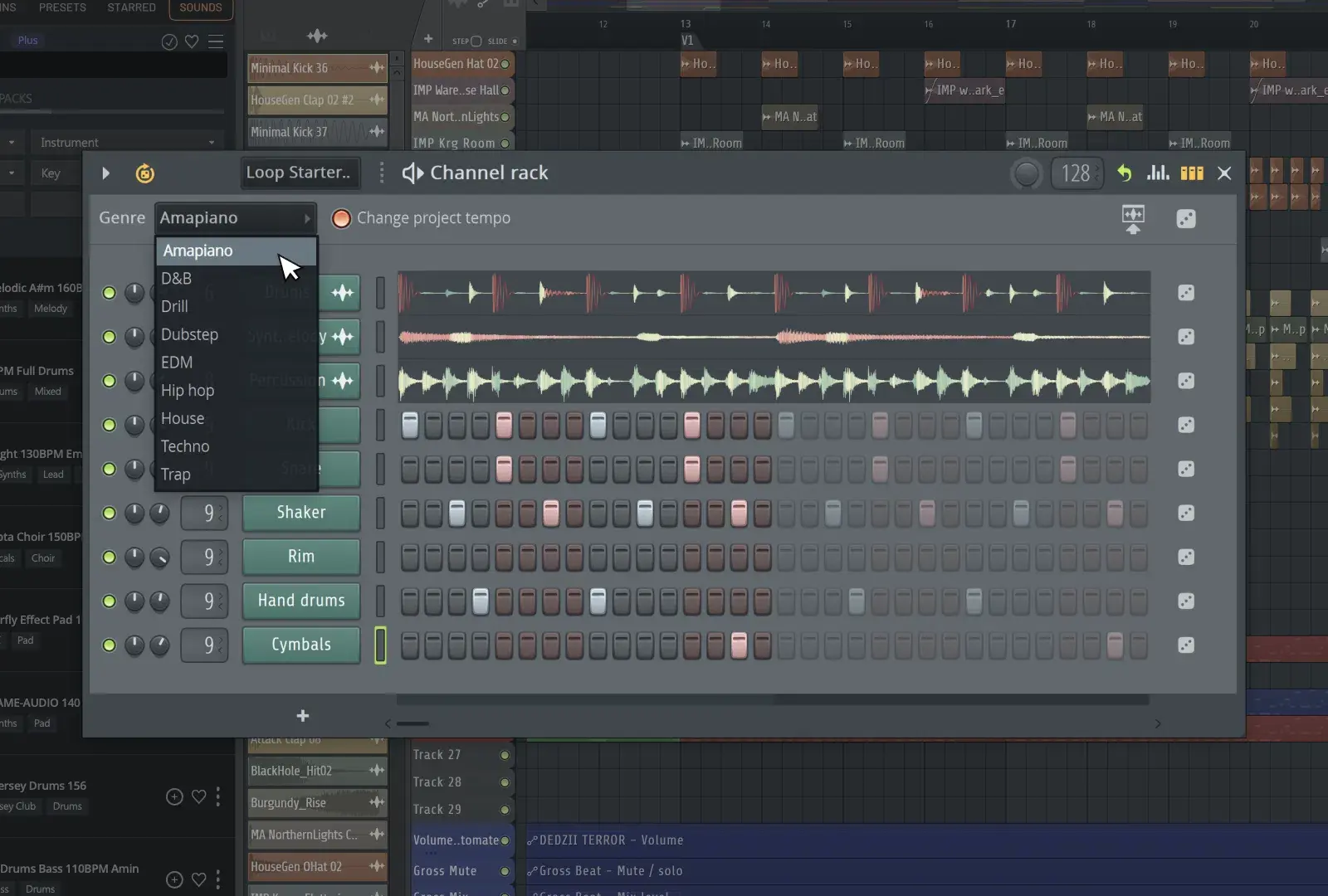
FL Studio 2025: Start Faster, Finish Stronger with Game-Changing Creative Tools Say goodbye to creative ...
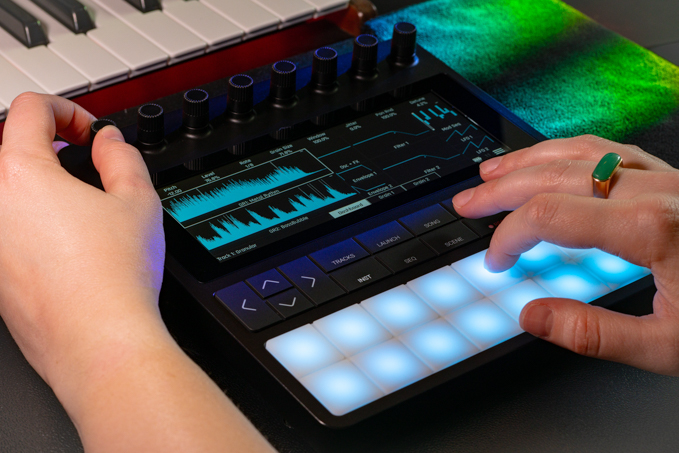
Sample Every Flavor: A Deep‑Dive Review of 1010music Bento Introduction 1010music Bento isn’t just anoth...
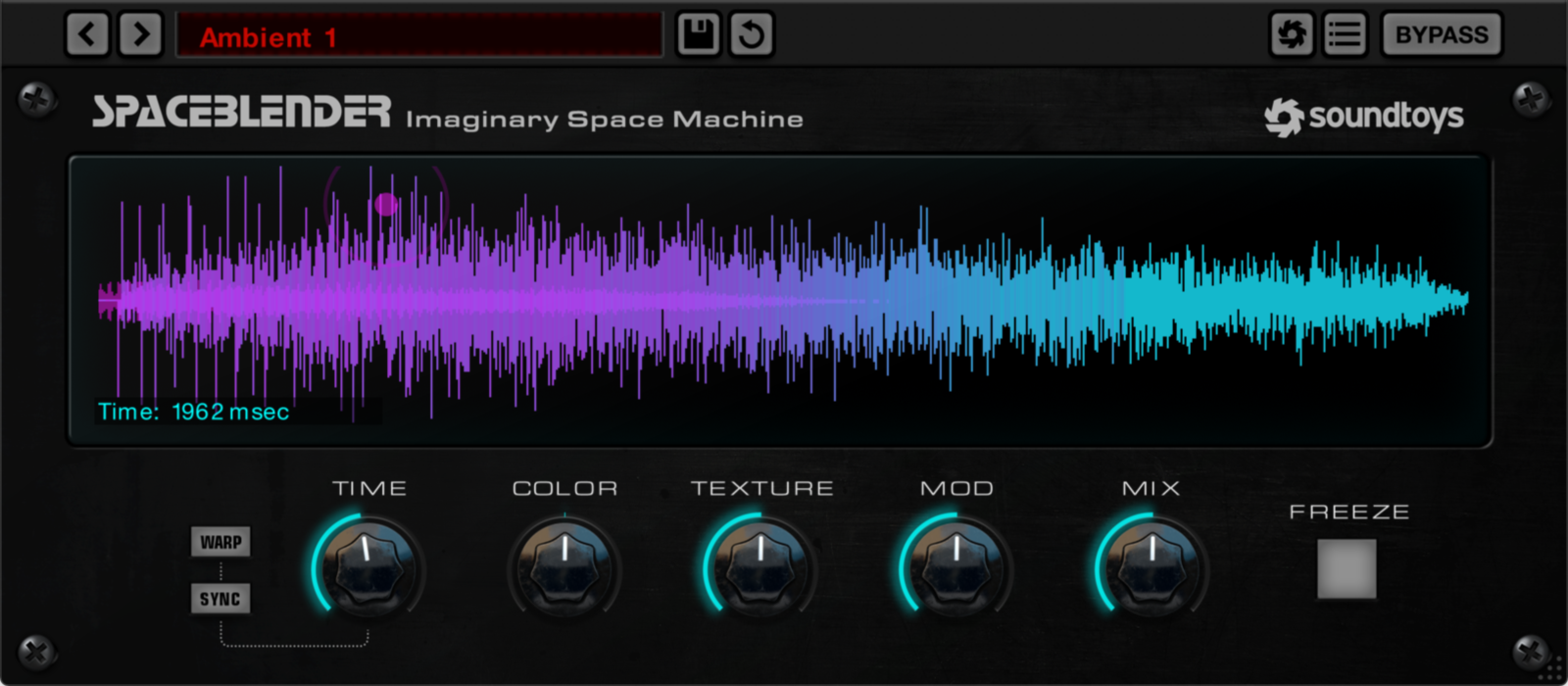
Soundtoys got a surprising new release of SpaceBlender, an experimental reverb plugin that is currently ...
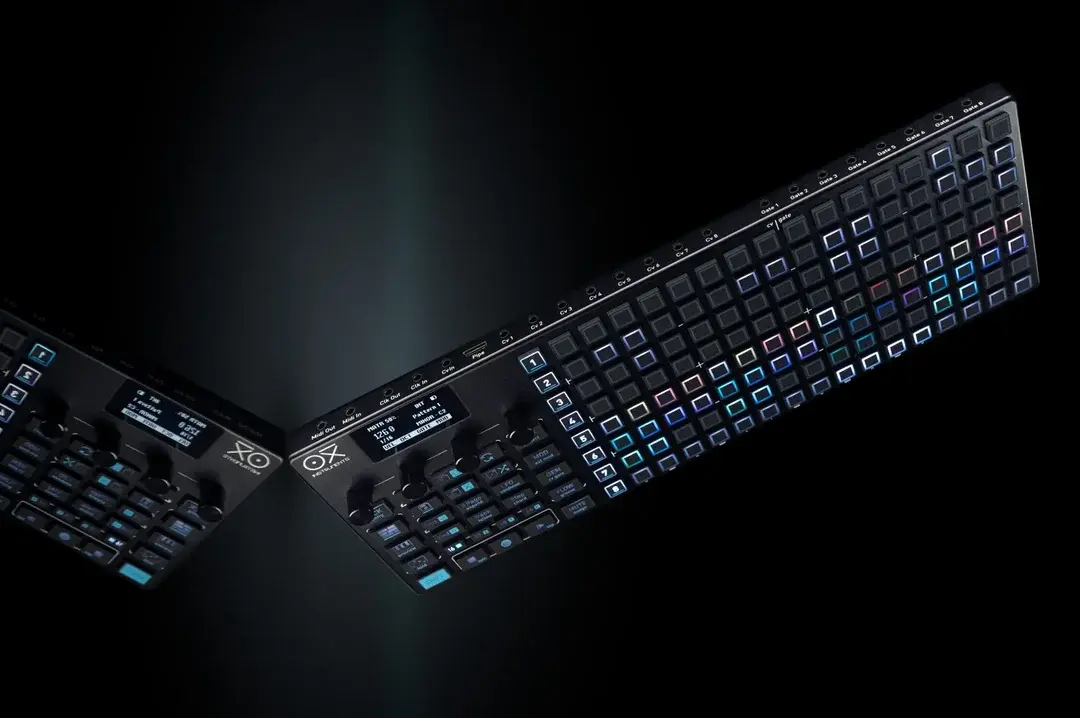
Twice the power, endless creative possibilities for your productions